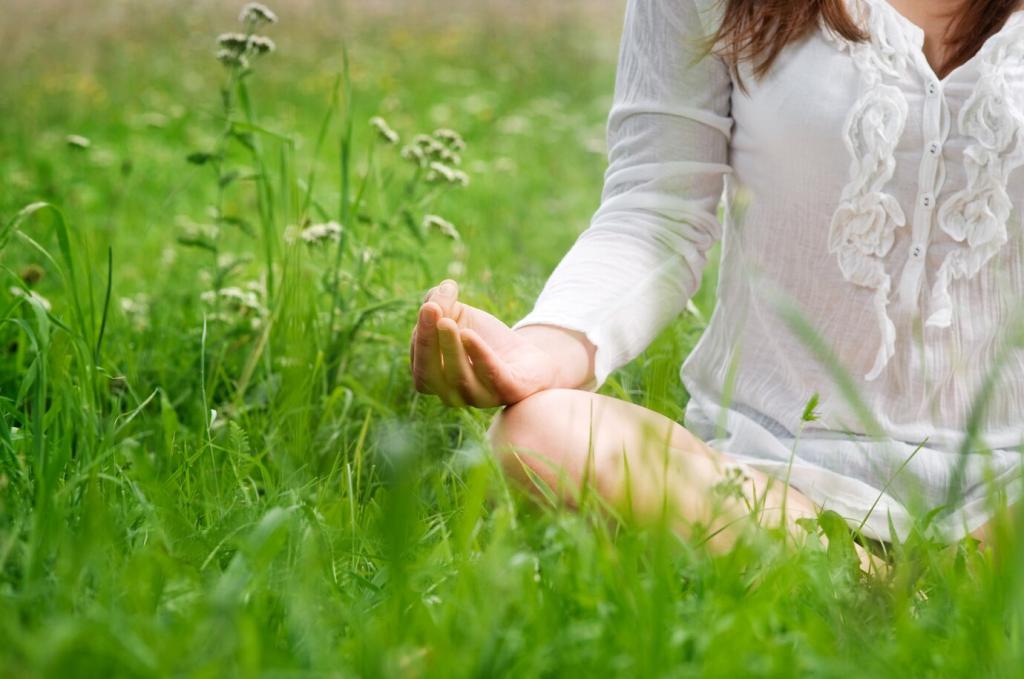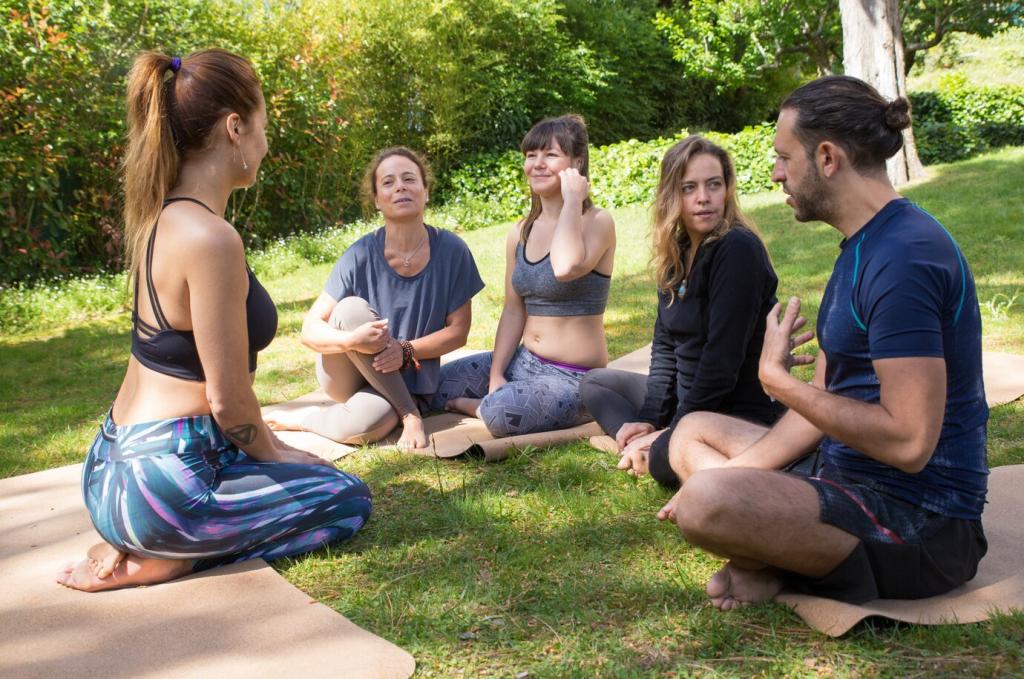Focused Work and Study Rituals
Set a twenty-five minute single-task sprint with a soft bell every five minutes. At each bell, relax shoulders, notice breath, and recommit to the one intention. These micro check-ins transform consistency into tangible progress without grinding.
Focused Work and Study Rituals
Arrive to meetings sixty seconds early. Close your eyes, feel both feet, breathe slowly. Decide one purposeful contribution. This ritual trims conversational drift, steadies your presence, and often shortens the meeting because attention is shared, not scattered.







